Apr 16, 2025
In industrial fluid transfer, pneumatic systems, or automation equipment, the choice of hose directly impacts the system's efficiency, safety, and lifespan. Whether it's for conveying compressed air, liquid media, or protecting delicate cables, a well-matched hose can significantly reduce maintenance costs and minimize downtime risks. However, with the myriad of material options available in the market—especially the commonly used PU (Polyurethane) hose and PVC (Polyvinyl Chloride) hose—many engineers or procurement staff, especially those with limited experience, often face a dilemma:
PVC hoses are cost-effective, but can they withstand frequent bending?
PU hoses offer excellent abrasion resistance but are more expensive; is the investment worthwhile?
What are the differences between the two materials in terms of chemical resistance, temperature adaptability, and lifespan?
In fact, there is no "absolute better" option, only the "better fit" for a particular application. Both PVC and PU hoses have their unique advantages, but choosing the wrong material can lead to frequent replacements or, in the worst case, system failures and safety risks.
In this article, we will provide a comprehensive comparison through performance parameters, real-world application analysis, and cost-benefit assessments to help you clearly understand:
When to choose PU hoses
When PVC hoses are the better choice
Key factors often overlooked (such as UV resistance, food-grade certification, etc.)
Whether you're designing an automation production line, upgrading a pneumatic system, or simply replacing aging hoses, this comparison guide will help you make precise and cost-effective decisions.

Polyurethane and PVC are both thermoplastic materials. Both PVC and PU can be molded at higher temperatures. After cooling, they will solidify again. Manufacturers can shape them into any shape, including hoses. Based on their physical and material properties, they are suitable for various applications. However, in many cases, one material may have advantages over another in certain applications.
PVC pipe (polyvinyl chloride pipe) is a plastic pipe manufactured by extrusion molding process using polyvinyl chloride resin as the main raw material. Its name comes from the abbreviation of "Polyvinyl Chloride" in English, and it is currently the third most widely used synthetic plastic material in the world (after PE and PP)
Construction field: drainage pipes, wire conduit
Low pressure irrigation: drip irrigation system, horticultural water pipe
Laboratory: Chemical waste discharge pipe
Temporary pneumatic connection: Compressed air pipeline for low-frequency use
Stiffness: Rigid PVC tubes cannot withstand repeated bending, making them prone to cracking in dynamic applications (e.g., robotics, moving machinery).
Work Hrdening: Repeated flexing causes PVC to become brittle over time, leading to catastrophic failure.
Comparison: PU tubing retains flexibility even after millions of bending cycles.
Low-Temperature Brittleness: PVC becomes brittle below -5°C (23°F), risking fractures in cold environments.
High-Temperature Softening: Deforms at temperatures above 60°C (140°F), limiting use in steam or hot fluid systems.
Comparison: PU tubing typically handles -40°C to 90°C (-40°F to 194°F).
Wears Quickly: PVC surfaces degrade rapidly when rubbed against machinery or dragged across rough surfaces.
Not for Drag Chains: Unsuitable for cable carriers or high-motion applications.
Comparison: PU tubing offers 10x longer lifespan in abrasive environments.
Polyurethane Tubing is known for its flexibility, toughness, and resilience.
Manufactured via extrusion process, available in multiple diameters & wall thicknesses.
✅ Extreme Flexibility – Bends/stretches easily without kinking (superior to PVC in dynamic applications).
✅ Exceptional Abrasion Resistance – Withstands wear, friction, and impact better than most plastics.
✅ High Tear Strength – Resists damage during installation and heavy use.
✅ Wide Temperature Range – Performs from -80°F to 200°F (-62°C to 93°C).
✅ Chemical & Moisture Resistance – Handles oils, solvents, and water (but not strong acids/alkalis).
✅ Lightweight – Easier to handle than metal/rubber hoses.
Application
Pneumatic systems
Hydraulic lines
Robotics & automation
Medical & food-grade uses
Not for aggressive chemicals – May degrade with prolonged exposure to certain solvents.
Higher cost than PVC – Justified by longer lifespan in demanding conditions.
PVC vs. Polyurethane: Similarities and Differences
Feature | PVC (Polyvinyl Chloride) | PU (Polyurethane) |
Material Type | Thermoplastic | Thermoplastic or Thermoset |
Flexibility | Rigid, can be flexible with additives | Highly flexible, more flexible than PVC |
Durability | Less durable, can crack under stress | Very durable, resistant to wear and tear |
Chemical Resistance | Good resistance to acids and alkalis | Better resistance to oils, solvents, and chemicals |
Temperature Resistance | Low heat tolerance, softens at higher temperatures | Higher temperature resistance, can withstand higher heat |
Cost | Less expensive | More expensive than PVC |
Impact Resistance | Lower impact resistance, can become brittle at low temps | High impact resistance, remains flexible under impact |
UV Resistance | Poor UV resistance, degrades quickly under sunlight | Excellent UV resistance |
Application | Piping, flooring, window profiles, electrical insulation | Automotive parts, industrial hoses, medical equipment |
Abrasion Resistance | Moderate abrasion resistance | Excellent abrasion resistance |
Environmental Impact | Can release toxic substances when burned | Can be more eco-friendly depending on type |
Both are versatile and widely used in various industries.
Both can be molded into different shapes for specific applications.
Both offer resistance to a variety of environmental factors.
PVC is more rigid, with less durability and impact resistance compared to PU, which is more flexible and durable.
PU is generally better at resisting chemicals, oils, and abrasion, making it more suited for industrial applications with tough environments.
PVC is cheaper and is typically used for construction and plumbing, while PU is used for more demanding applications like automotive, industrial hoses, and medical equipment.
This article examined the characteristics and uses of PVC and polyurethane tubing. PVC is known for its excellent chemical resistance and cost-effectiveness, making it a popular choice for plumbing, irrigation, and medical applications. In contrast, PU tubing stands out for its superior flexibility, high abrasion resistance, and durability, making it suitable for use in pneumatic systems, robotics, and fluid transport. Both materials are widely used across a range of industries, providing reliable solutions for diverse fluid handling needs.
The decision between PVC and polyurethane tubing depends on the specific needs of each application. PVC is best suited for environments where chemical resistance, cost-efficiency, and electrical insulation are key priorities. Meanwhile, PU is the ideal choice for applications requiring high flexibility, resistance to wear and tear, and a wider temperature range.
Fokca is a leading pneumatic products corporation specializing in the manufacturing of high-quality pneumatic and hydraulic Tubing solutions. We have Advanced production equipment, rigorous processing technology, and excellent management experience.We have served a wide range of top manufacturing industries, providing custom automated mechanical machines that meet the unique demands of industrial production and automation systems. Welcome to our brand website:www.Fokca.com.
You May Interest In
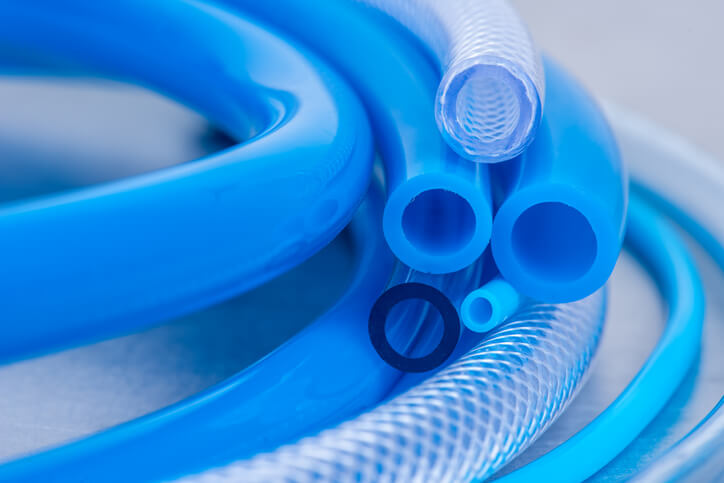
Apr 22, 2025 Blog
Solution for Nylon Tube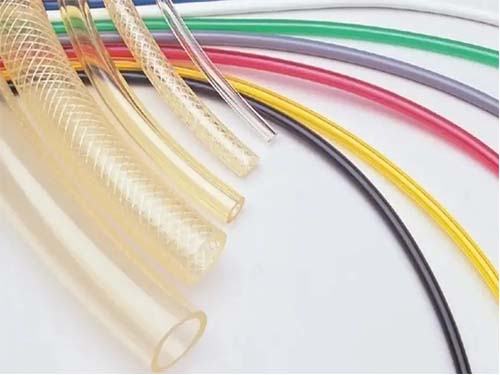
Apr 16, 2025 Blog
PVC Tubing vs. Polyurethane Tubing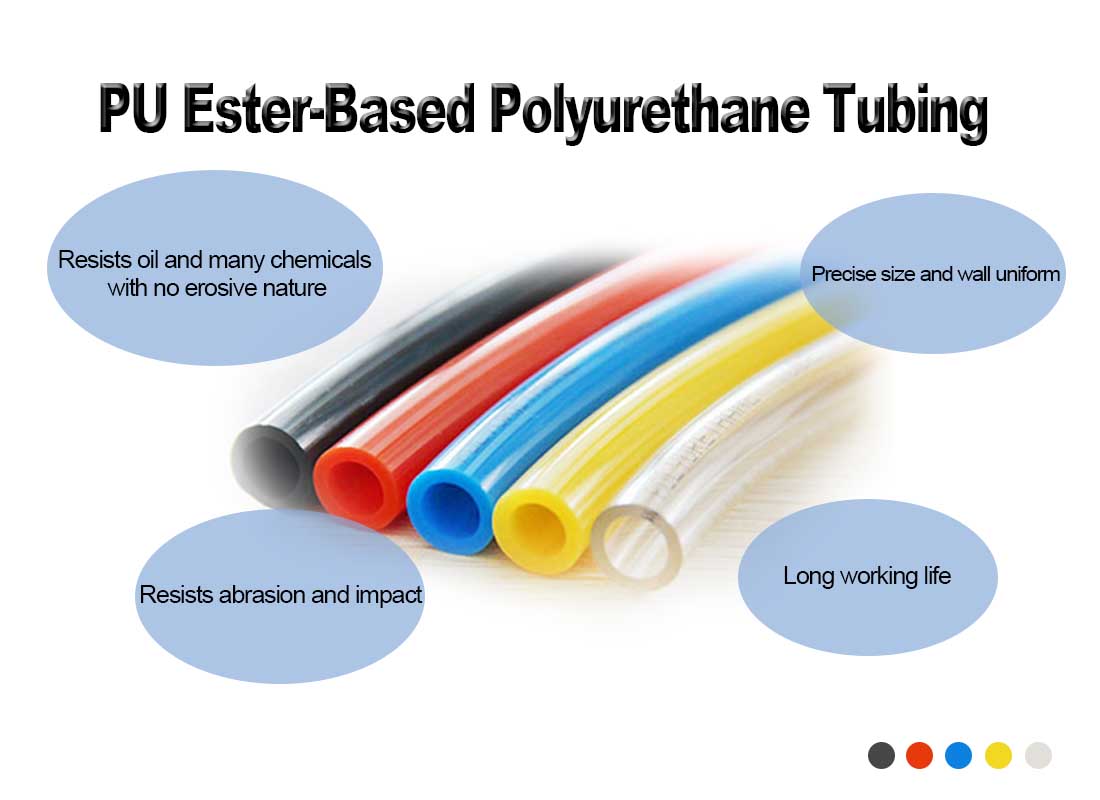
Apr 10, 2025 Blog
What is the difference between pu and pvc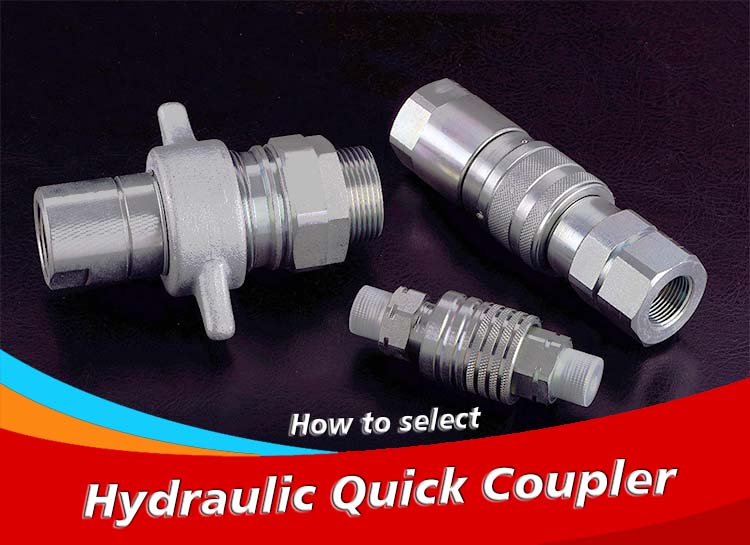
Feb 24, 2025 Blog
How to Identify Hydraulic Quick Couplers?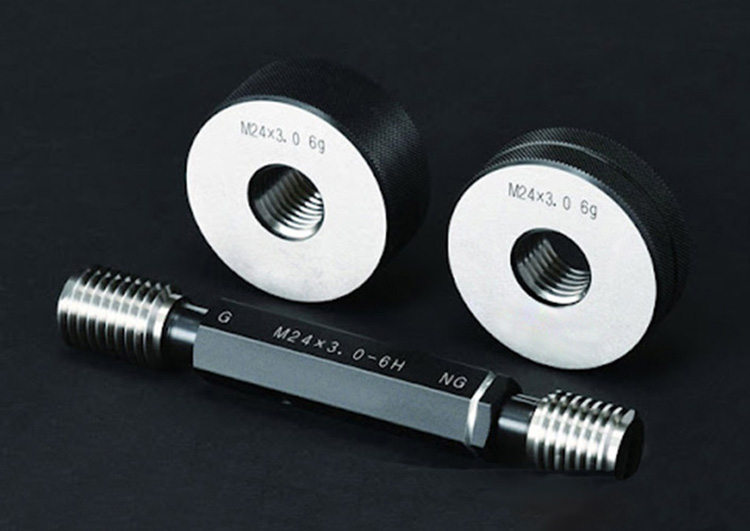
Jan 21, 2025 Blog
How to Measure Pipe Thread?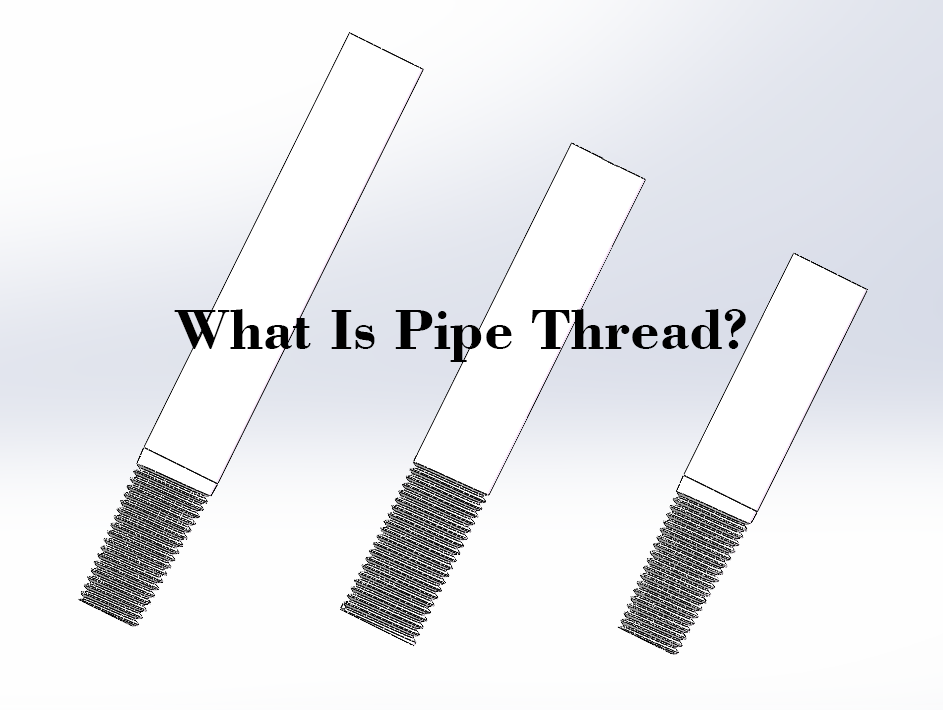
Jan 16, 2025 Blog
What Is Pipe thread?
Dec 04, 2024 Blog
Application Of Tube Fitting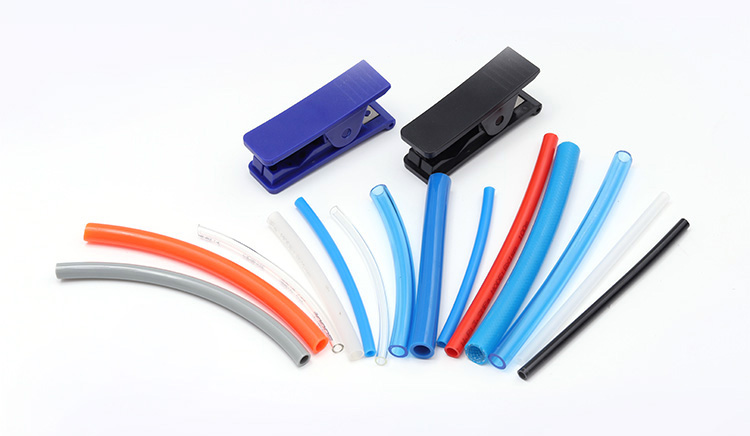
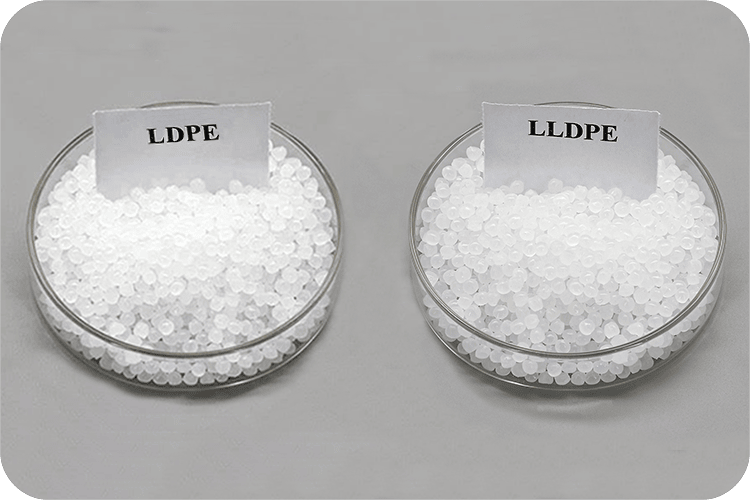
Jun 26, 2023 Blog
What Is The Difference Between LLDPE And LDPE?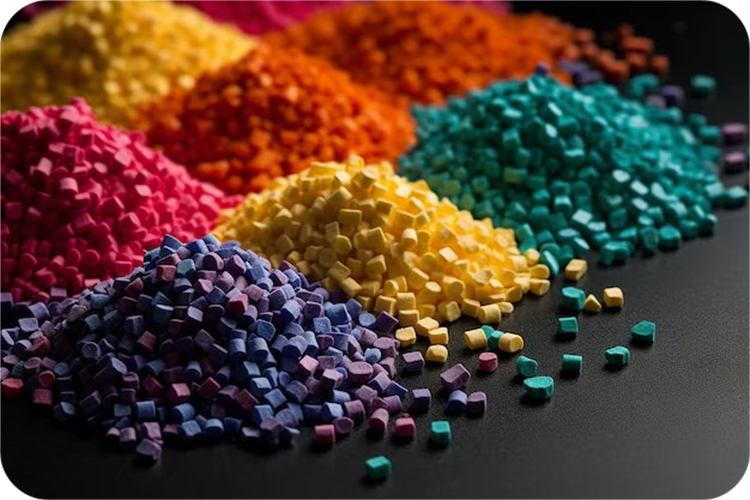
Jan 17, 2023 Blog
What Are The Classification Of Plastics?Links: www.fescolo.com(Pneumatic)
FOKCA ©1998-2025 All Rights Reserved Sitemap